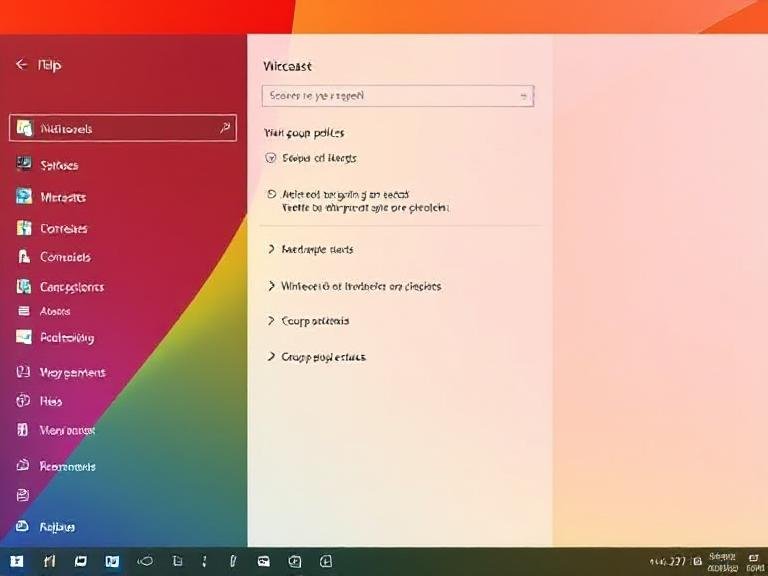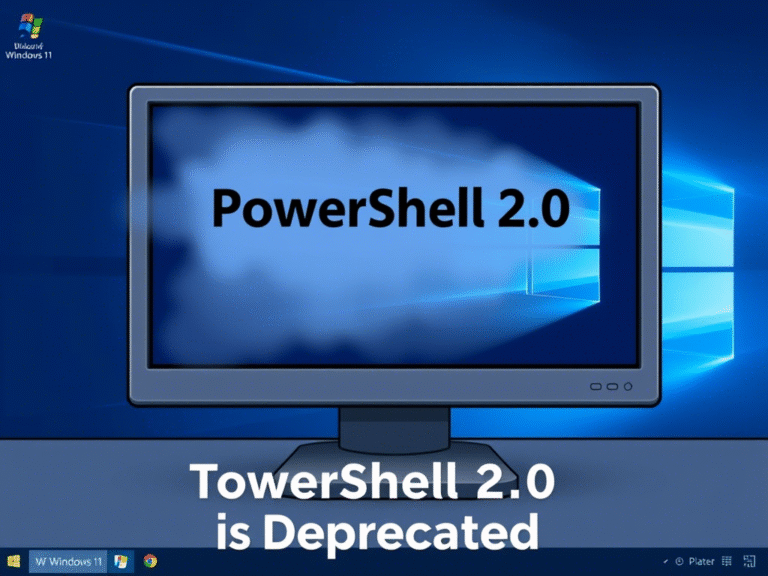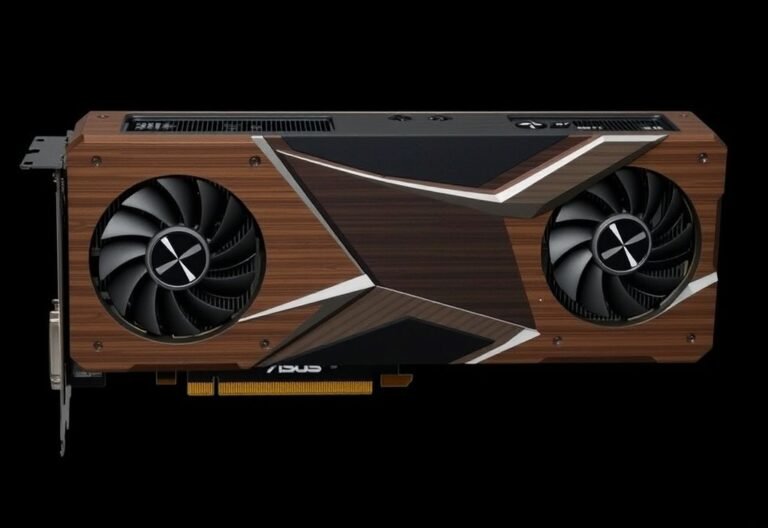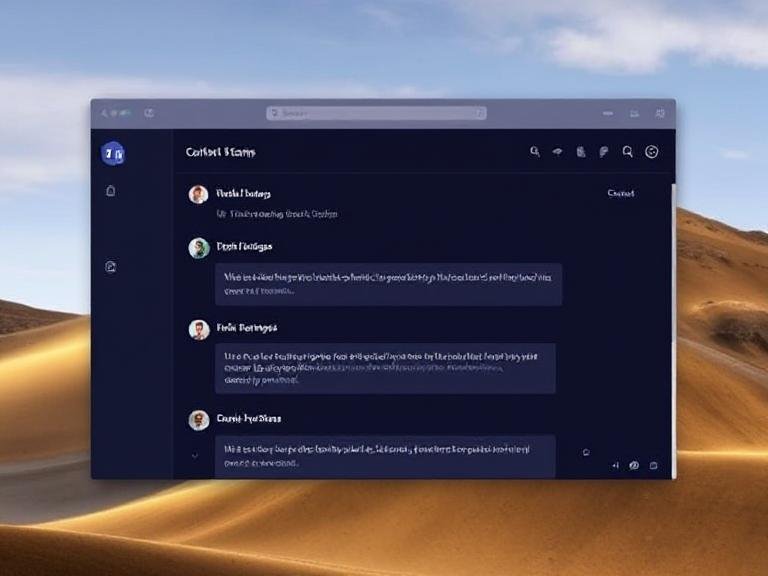Why Games Launch So Much Faster on Windows 11 and Xbox These Days

Why Games Launch So Much Faster on Windows 11 and Xbox These Days
Earlier today, Microsoft confirmed that the ROG Xbox Ally and Ally X will officially launch on October 16, bringing Windows-powered handheld gaming a major step forward. Alongside the hardware reveal, the company shared deeper insights into one of its most promising software innovations: Advanced Shader Delivery (ASD).
This behind-the-scenes technology isn’t flashy, but it could change how we experience game launches — especially on handhelds and lower-end PCs.
The Problem: Why Games Stutter at Launch
If you’ve ever launched a game only to wait through a long loading screen followed by choppy performance in the first few minutes, you’ve likely encountered shader compilation.
Shaders are small programs that tell your GPU how to render lighting, shadows, textures, and visual effects. When you install a new game or update your graphics driver, your system has to compile thousands — sometimes millions — of these shaders from scratch. This process eats up CPU and GPU resources, leading to long startup times, stutters, and even frame drops during early gameplay.
On traditional PCs, this is annoying. On portable devices like the Xbox Ally, where battery life and thermal limits matter more, it’s a real issue.
The Solution: Pre-Compiled Shaders, Delivered Instantly
To fix this, Microsoft teamed up with AMD and the Xbox team to develop Advanced Shader Delivery — a system that pre-compiles shaders in the cloud and delivers them alongside the game.
Here’s how it works:
Instead of your device doing the heavy lifting, Microsoft’s DirectX team captures shader data during game development and packages it into a State Object Database (SODB). This data is then processed on powerful cloud-based compilers and turned into a Precompiled Shader Database (PSDB) — essentially a ready-to-use library of optimized shaders tailored to specific GPU architectures.
When you download a supported game from the Xbox Store, that PSDB comes with it. The result? Your device doesn’t need to recompile shaders on the fly. They’re already cached and optimized, so you get smoother first launches and near-instant gameplay.
Real-World Impact: 85% Faster Launch in Avowed
The performance gains aren’t just theoretical. Microsoft shared real numbers: in Avowed, one of Obsidian’s most anticipated RPGs, game launch times dropped by up to 85% thanks to ASD.
That means going from several minutes of waiting and stuttering to just seconds before you’re fully in the game — a huge win for player experience.
And the best part? Developers don’t need to modify their games. Microsoft is working to integrate ASD directly into major game engines, so support will be automatic for future titles.
Coming Soon to More Platforms
Right now, Advanced Shader Delivery is being prioritized for Xbox handhelds like the ROG Ally and Ally X, where fast responsiveness and battery efficiency are critical. But Microsoft has bigger plans.
A new Agility SDK is set to release in September, allowing other developers, hardware makers, and digital storefronts to adopt the tech. This opens the door for wider support across PC gaming platforms beyond the Xbox ecosystem.
What This Means for Gamers
Advanced Shader Delivery might not sound exciting at first — after all, it’s not a new graphics mode or ray-tracing feature. But in practice, it removes one of the most frustrating parts of PC gaming: the wait.
No more watching a progress bar while your fan spins up.
No more stuttering through the opening cutscene.
Just faster, smoother access to the games you love.
And as more titles and platforms adopt ASD, this could become the new standard — quietly making gaming better for everyone.





